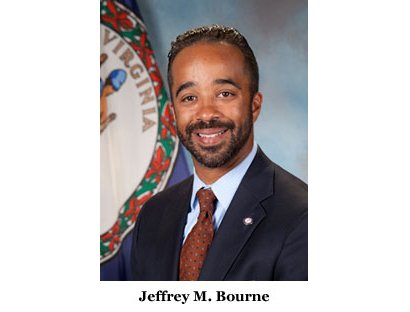$5.5M more found for city schools
Jeremy M. Lazarus | 5/6/2016, 5:47 p.m.
Parents and students may hate it.
But Armstrong High School and four elementary school buildings — Cary, Overby-Sheppard, Southampton and Swansboro — are moving closer to the chopping block.
While Richmond School Board Chairman Jeffrey M. Bourne told reporters Wednesday that he and his eight colleagues “will try to avoid closing schools at any and all costs” to avoid the community disruption that it would cause, he indicated later the board might have little choice.
The School Board is facing at least a $10.7 million shortfall between the revenue it expects and the spending it wants to undertake in the 2017 fiscal year that begins July 1 to upgrade long depressed teacher and staff pay and crank up an academic improvement plan.
Hopes that the Richmond City Council might come to the rescue evaporated this week after the governing body completed its work on an amended city budget for the 2017 fiscal year, including appropriating local tax dollars for public education.
Though there are still a few steps left to official approval, the budget the council is poised to pass May 13 includes only $5.52 million in additional operating funds for the school system — far short of the request.
“People keep saying we could easily come up with $18 million for schools if we wanted to, but it’s just not true,” said Councilwoman Ellen F. Robertson, 6th District.
The extra money that the council will provide includes $4.97 million to improve teacher pay, aiming to end the problem of having nine-year veterans on the same pay step as new teachers. The new funds also include $200,000 to enable Richmond Public Schools to reopen Summer Hill Elementary School to relieve overcrowding at other South Side schools and $347,346 for general operations.
Mr. Bourne said he expects the School Board to deliberate on how to fill the remaining budget gap at its next meeting on Monday, May 16.
“We have a lot of work to do,” he said.
Initially short $22 million, the board has shrunk the total gap to $16.2 million, aided by increases in state spending on public education and some already approved cuts, including reducing bus service for high school and middle school students and closing two administrative buildings. The extra money from the council would reduce that gap to $10.7 million.
The money has to come from somewhere, and school closings are one of the few ways the board has to generate savings.
For example, closing Armstrong, the oldest African-American high school in the Richmond area, is projected to free up $1 million and also move East End students to fill 1,000 of the current 2,000 empty high school seats in other buildings.
While there is still some talk that Overby-Sheppard might be saved and get a $4 million facelift because of its lynchpin role in the city-backed redevelopment of the Dove Court area, the other three elementary schools lack that kind of city support.
In addition to school closings, Superintendent Dana T. Bedden has proposed savings by eliminating some existing, but unspecified initiatives, outsourcing janitorial services and demolishing two vacant buildings.
But his proposals would provide only about $7.6 million in savings, leaving the board $3.1 million short of completely filling the gap. For Mr. Bourne and his colleagues, that potentially means more pain.
Surprisingly, members of the activist coalition of parents, students and teachers called “Support Our Schools” failed to show up for council’s crucial decision-making sessions that ended Tuesday.
During its deliberations, City Council rejected proposals to raise larger sums for schools. The majority refused to impose a 60-cent tax on cigarettes to raise up to $5 million in new funds and backed away from an additional 1 percent cut for city departments to raise $4.7 million — a move the Mayor Dwight C. Jones’ administration said would be disastrous given the 12 percent cut the mayor already is imposing. City employees also are not getting a pay increase, although police officers and firefighters will get a step increase.
In the end, the only real additional money came from unexpected revenue increases that added $7.6 million to the city’s spending authority — 72 percent of which was provided to schools.
However, in exchange for boosting funding for schools, the council agreed to slap new restrictions on the school system’s freedom to spend. The council plans to split the $151.5 million it is to deliver to schools into eight categories and require the School Board for the first time to seek permission to transfer funds between categories.
Dr. Bedden and his predecessors were able to move money without any oversight.
“It’s a slap in the face,” said School Board member and 2nd District City Council candidate Kim Gray. The school system has been a model of transparency in spending, while the city cannot produce an audit of its spending in a timely fashion, she said.







